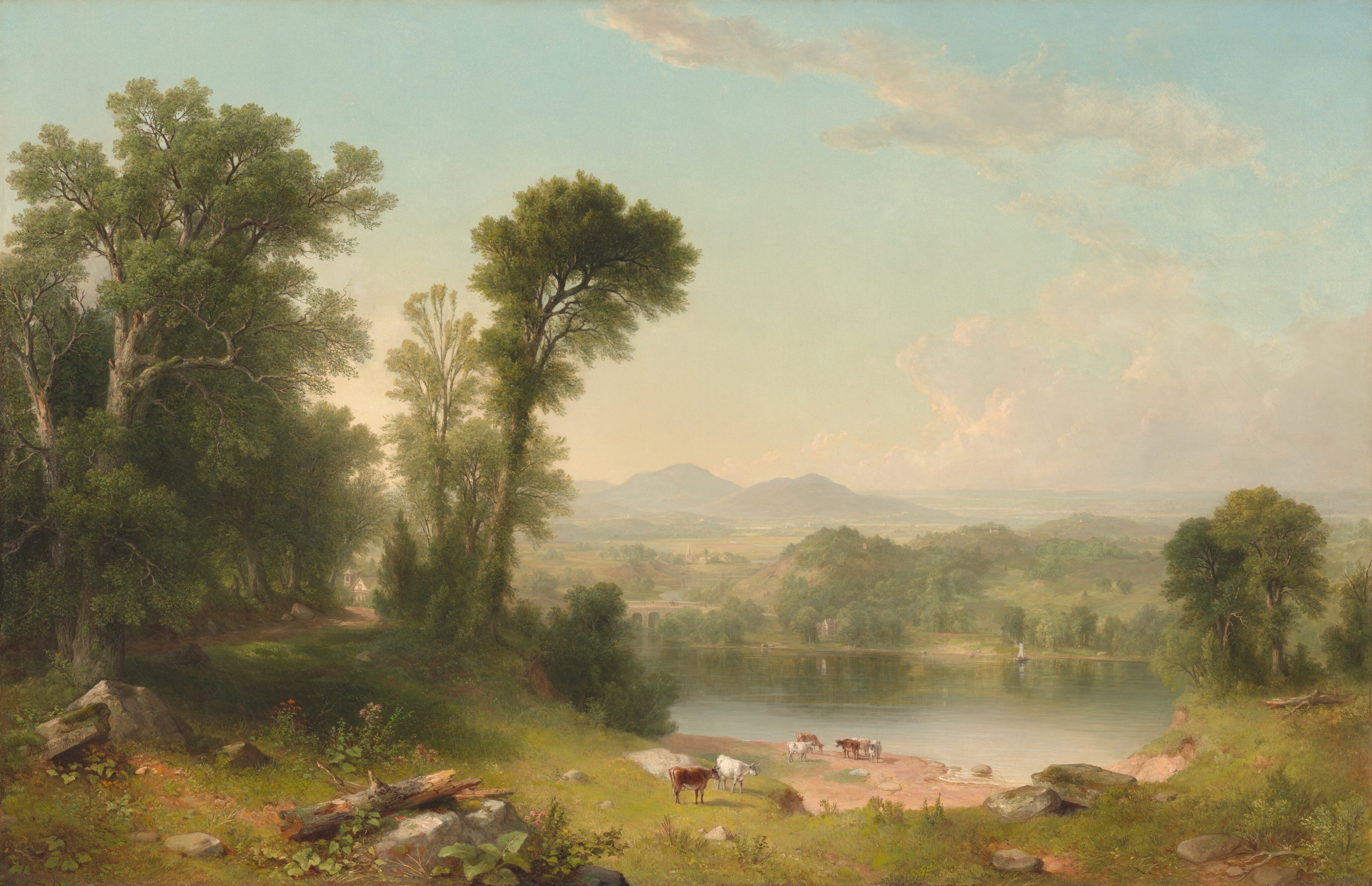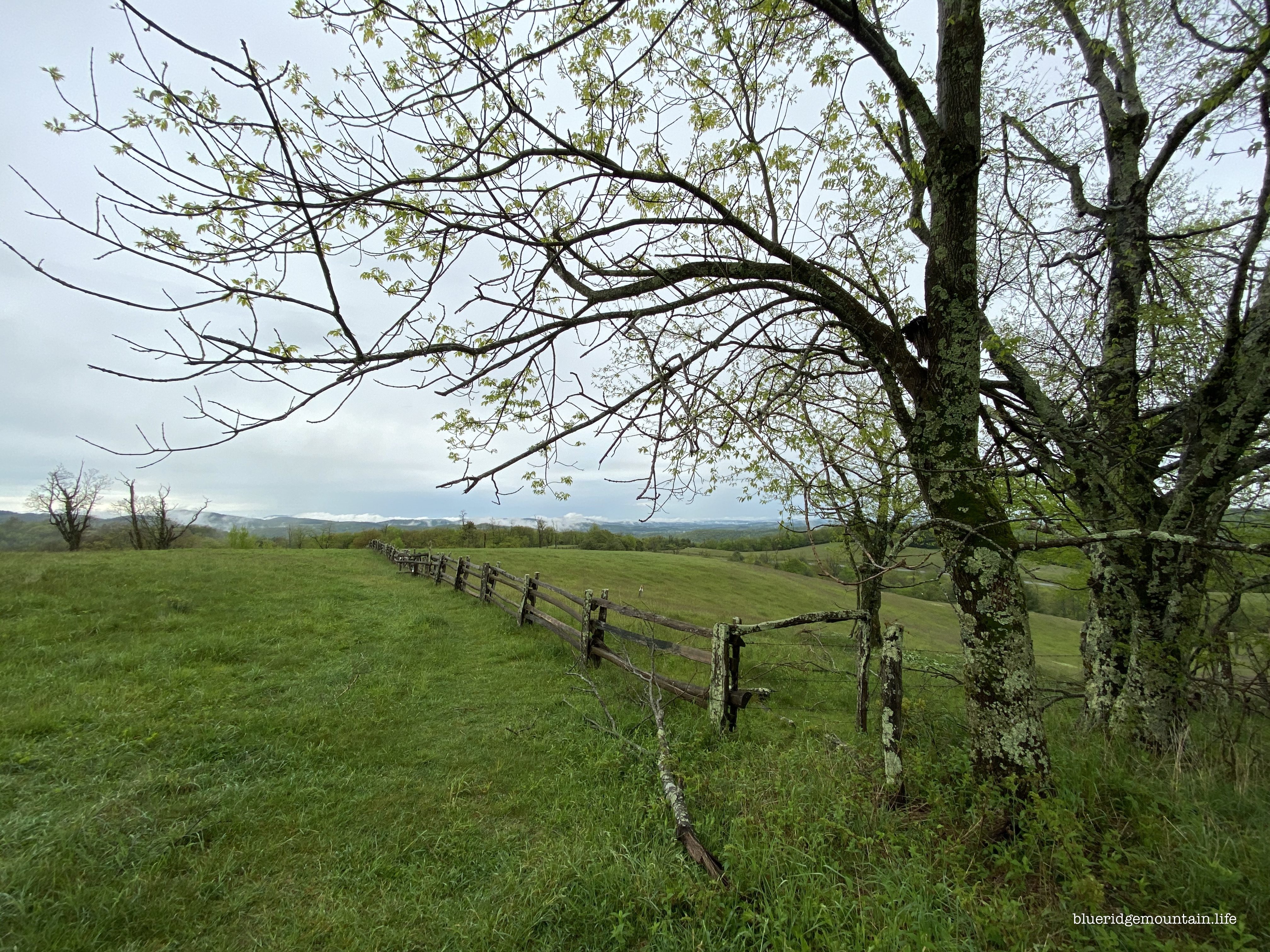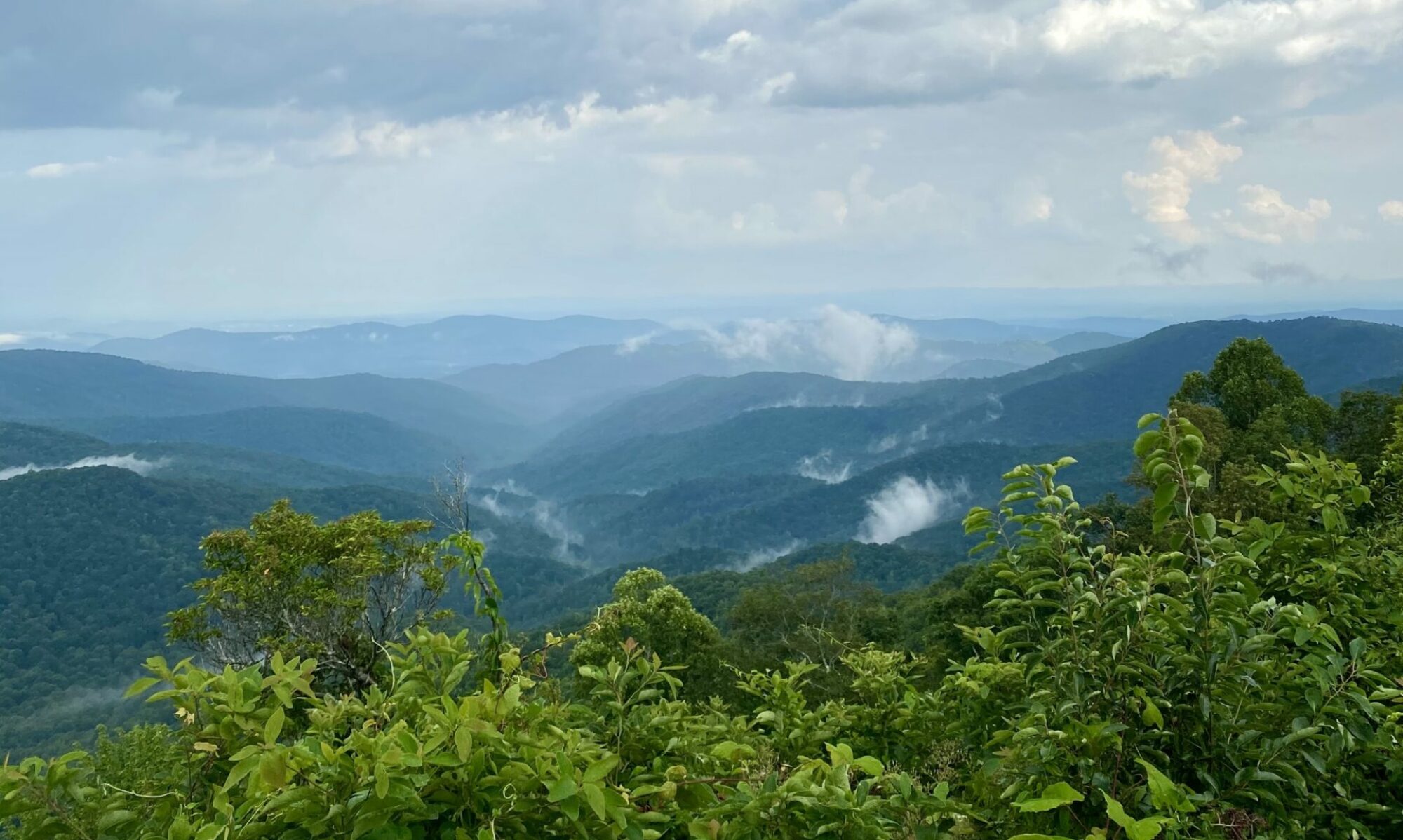
by Asher Brown Durand
National Gallery of Art
See if you can spot the churches in the background.
Overview
By 1861, when Asher B. Durand executed this large and impressive picture, he had fully perfected his approach to landscape painting, creating idealized, expressive views of America’s wilderness based on close observations of the natural world that stand as prime examples of the Hudson River School aesthetic.
Because virtually nothing is known of Pastoral Landscape’s history prior to 1980, the painting’s original title remains the subject of speculation. But certain relevant facts can be established. First and foremost, the work is the largest, most ambitious, and most accomplished of Durand’s paintings from 1861, representing a substantial commitment of time by the artist, who was not a fast worker. Second, the scenery resembles that of the Hudson River Valley, where he spent considerable time and from which he drew inspiration for many works. Third, the painting contains several works of architecture—an Italianate villa just beyond the woods at left, an arched stone bridge, a gabled house across the water, and an English Gothic revival church in the center distance—that may or may not indicate that Durand sought to depict a specific, identifiable place. And finally, in certain respects—mostly notably, the presence of a house nestled in the woods, a church, and an arched bridge— Pastoral Landscape bears a strong resemblance to Durand’s important work of the previous year Sunday Morning (New Britain, Connecticut, New Britain Museum of American Art). Regardless of its precise identity, the painting is unmistakably one of Durand’s grandest and most successful panoramic renderings of an idealized American landscape.
Courtesy of the National Gallery of Art

by blueridgemountain_man
+++
